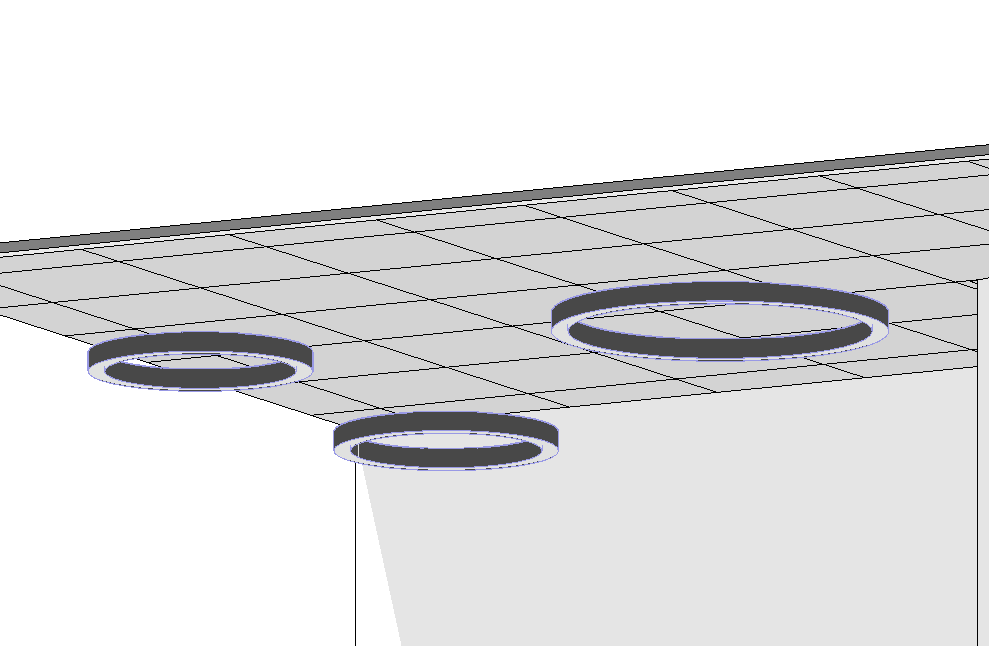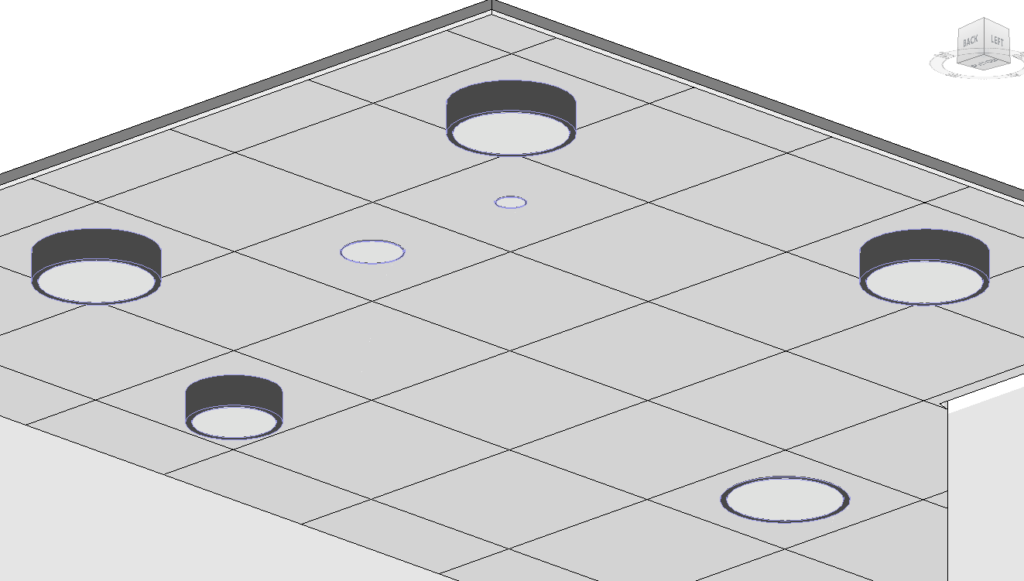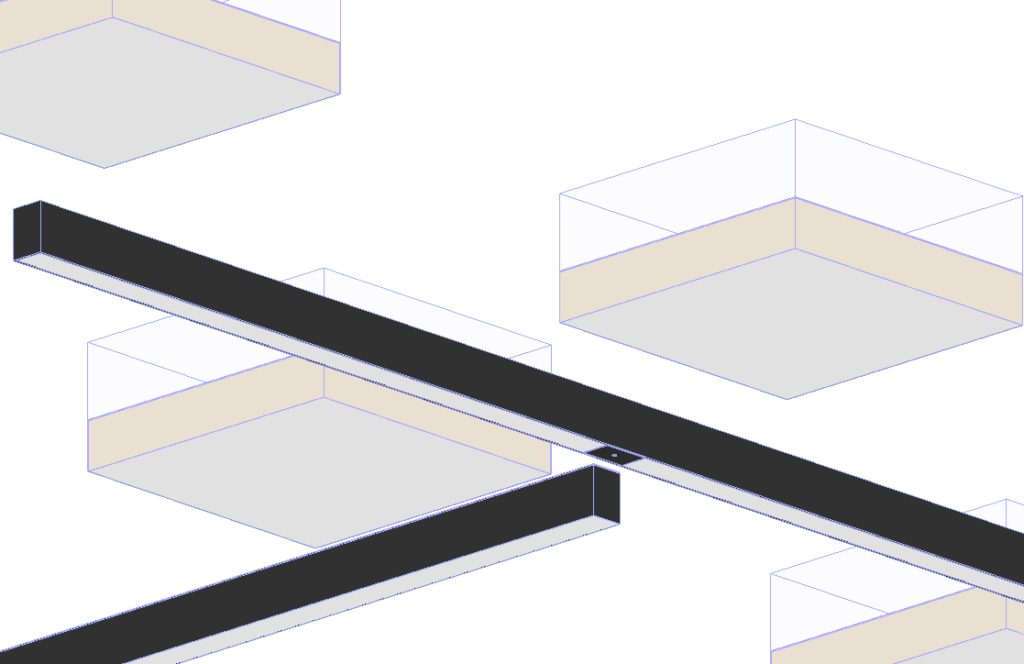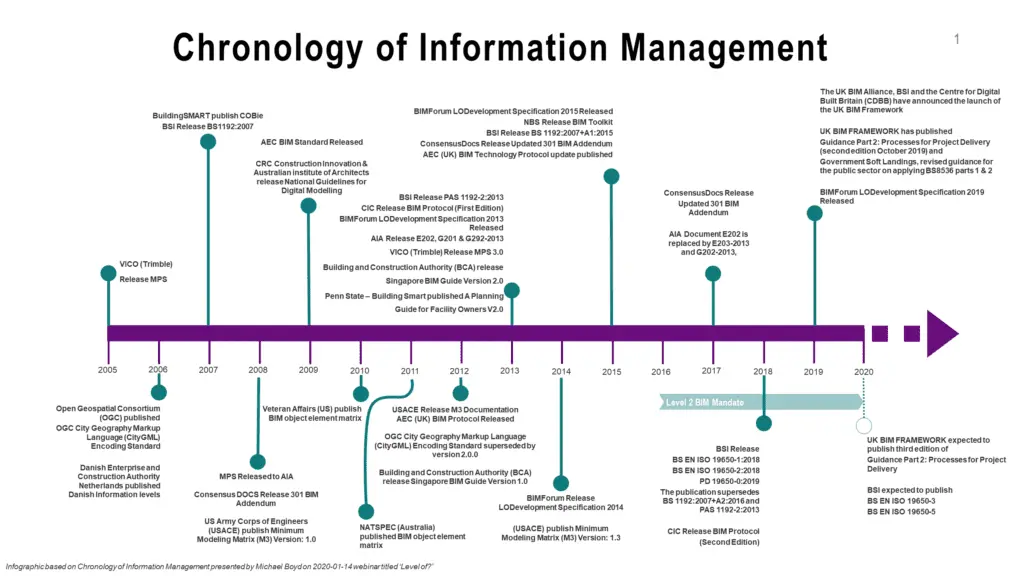Revit Guides
Data Management
ELI5

Life Safety Generator
Life Safety Generator selection guide Copy If the secondary power supply is provided for firefighter’s lift, it must be capable of operating the firefighter’s lift at its full rated load

LTF_Lighting-Fixture Ring
Create unlimited lighting variations with advanced parametric control Introduction The PD_LTF_Lighting-Fixture_Luminaire-Ring Family is a powerful, fully parametric Revit family that allows users to create limitless lighting fixture configurations, all at LOD

LTF_Lighting-Fixture Circular
Create unlimited lighting variations with advanced parametric control Introduction The PD_LTF_Lighting-Fixture_Luminaire-Circular Family is a powerful, fully parametric Revit family that allows users to create limitless lighting fixture configurations, all at LOD

LTF_Lighting-Fixture Rectangular
v22.1.3 Create unlimited lighting variations with advanced parametric control Introduction The PD_LTF Rectangular Luminaire Family is a powerful, fully parametric Revit family that allows users to create limitless lighting fixture

Lead Appointed Party context of information exchange
ELI5-S2: BIM in Practice E5: Lead Appointing Party context of information exchange Understanding the Lead Appointed Party (T1) Context of Information Exchange in BIM Welcome to the fifth installment of
Level of information need
The term describes the details and amount of information required. It is a framework which defines the extent and granularity of data to be exchanged. The term related to information
Level of model definition
The PAS1192 term is replaced by ‘Level of information need’ an ISO19650 term Level of information need is a more generic term than any of the existing “Level of …”
Level of detail (LOD)
Level of detail (LOD) it is a term introduced by PAS 1192, used in relation with management of the progression and uses of information. Typically referred to geometrical information There
Level of model development
Level of model maturity [ISO*] *Term based on experience. does not form part of ISO
life cycle
stages and activities spanning the life of the system from the definition of its requirements to thetermination of its use, covering its conception, development, operation, maintenance support and disposal NOTE
Leadership in Energy and Environmental Design
An internationally recognized green building certification system confirms the level of the sustainability performance of an asset. Confirming the level at which the asset was designed and built using strategies
Miller’s law
Argument introduced by Miller, G. A., suggests that the number of objects an average human can hold in short-term memory is 7 ± 2.[1] From a practical standpoint, this means
Lean construction
Lean Construction is the method of project management aiming to reduce waste on a project and improving the efficiency and quality of produced work [1]. The aim to reduce overproduction,
Co-Location
Assembling the entire BIM design and construction team in a single location (“Co-location”) enables almost instant and direct communication and coordination among team members. This Co-location of all team members
Facility Lifecycle
This refers to the time span stretching from a building’s conception to demolition including the five distinctive phases (Planning, Design, Construction, Operations, and Disposition).1 1 The Massachusetts Port Authority, 2015.
Last Planner®
The person or group that makes assignments to direct workers. Project Architect and ‘discipline lead’ are common names for last planners in design processes. ‘Superintendent’ or ‘foremen’ are common names
Last Planner System®
The collaborative, commitment-based planning system that integrates “should-canwill-did planning” (pull planning, make-ready look-ahead planning with constraint analysis, weekly work planning based upon reliable promises, and learning based upon analysis of
Lean Project Delivery System
An organized implementation of Lean Principles and Tools combined to allow a team to operate in unison.[1] [1] The Massachusetts Port Authority, 2015. BIM Guidelines for Vertical and Horizontal Construction.
Look Ahead Plan
A short interval plan, based on the pull/phase plan, that identifies all the activities to be performed in the next 6 (or other) weeks. The 6W Look-Ahead Schedule (LAS) is
Lessons learned
Although BS EN ISO 19650-2: 2018 recommend that lessons learned should be captured throughout the entire project, the standard is dedicated for the delivery phase only. Hence project party can

lead appointed party
The term introduced by ISO 19650 typically describes the Tier 1 Main Contractor. For example: : The Lead Appointed Party is a specific entity directly appointed (employed) by the primary
Lane
A lane is a sub-partition within a process (often within a pool) that runs the length of the process level, either vertically or horizontally. Lanes are frequently used for internal

The Level of and Progression Management systems
The ISO 19650 set of standards introduces a new term: ‘Level of information need’ which is designed to replace the terms used in BS EN 1192 such as Level of

